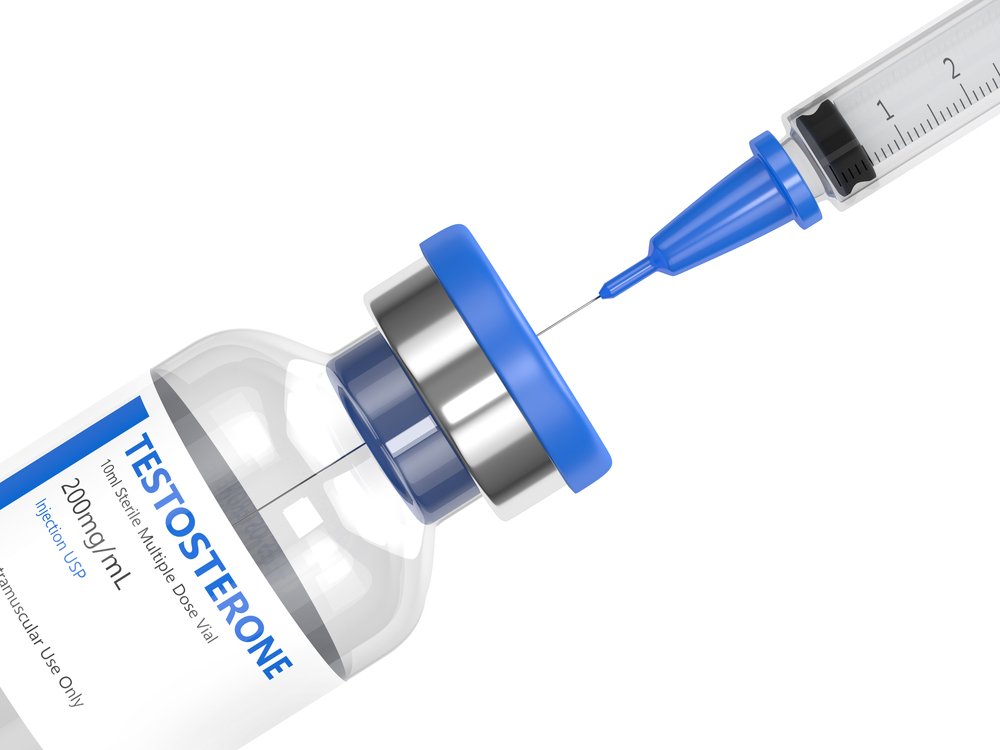Testosterone therapy has gained significant attention in recent years as more individuals and healthcare professionals seek to understand its potential benefits and risks. Often heralded as a solution for men experiencing low energy, diminished libido, and reduced muscle mass, testosterone replacement therapy (TRT) promises to enhance quality of life for those facing hormonal deficiencies. However, as with any medical treatment, it is crucial to delve into the science behind TRT, examine its implications for health, and consider the broader context of hormonal balance and wellness.
As awareness of testosterone therapy expands, so does the debate surrounding its application. From discussions about age-related decline in testosterone levels to the potential consequences of over-treatment, this article aims to provide a comprehensive overview of testosterone therapy. By shedding light on its mechanisms, benefits, and possible side effects, we hope to equip readers with the knowledge needed to navigate this complex and evolving field of endocrinology.
Understanding Testosterone Therapy
Testosterone therapy is primarily administered to address the symptoms of hypogonadism, a condition characterized by low testosterone levels. This treatment aims to restore hormonal balance, potentially alleviating issues such as fatigue, decreased libido, and muscle atrophy. Various forms of administration, including injections, gels, and patches, allow for flexibility depending on individual needs. However, it is essential to monitor testosterone levels throughout therapy to avoid side effects like erythrocytosis, which can heighten the risk of cardiovascular issues. The effectiveness of testosterone therapy hinges not only on dosage and delivery method but also on the patient’s overall health profile and lifestyle factors.

Benefits and Risks of TRT
The benefits of testosterone replacement therapy extend beyond mere physical improvements; it can play a role in enhancing mood, cognitive function, and overall well-being. Nonetheless, the therapy is not without its risks. Potential side effects may include acne, sleep apnea, and an increased risk of prostate abnormalities. As the body responds to hormonal adjustments, long-term studies are needed to fully understand the implications of prolonged TRT. Therefore, healthcare providers must weigh the potential advantages against the risks while considering patient history and lifestyle to promote safe and effective treatment approaches.
In conclusion, testosterone therapy represents a promising avenue for individuals struggling with the impacts of low testosterone, offering potential improvements in both physical and emotional health. However, it is imperative for patients and healthcare practitioners alike to approach this therapy with caution and informed decision-making. The complexities of hormonal interactions and the variability of individual responses necessitate a tailored approach that accounts for both the benefits and potential risks involved. As ongoing research continues to unveil new insights into TRT, a balanced perspective—grounded in scientific understanding—will be essential in guiding patients towards making informed choices that enhance their quality of life while minimizing health risks. Ultimately, the journey towards hormonal balance should focus on a holistic approach to wellness, emphasizing not only the restoration of testosterone levels but also the interplay of lifestyle and overall health.



Leave a Reply